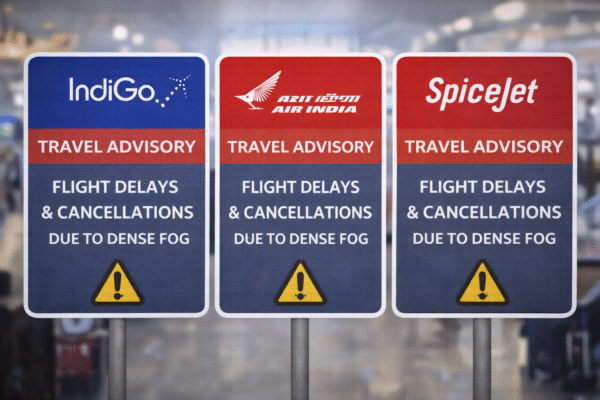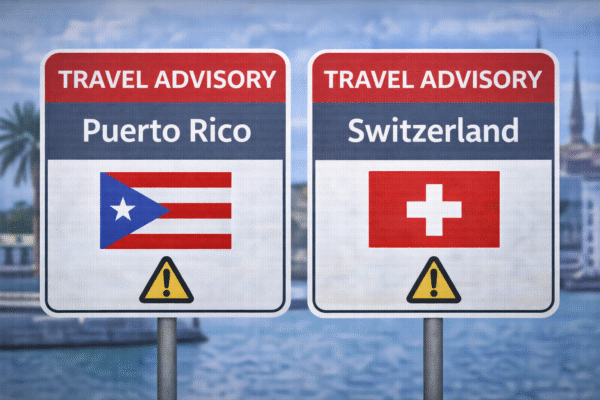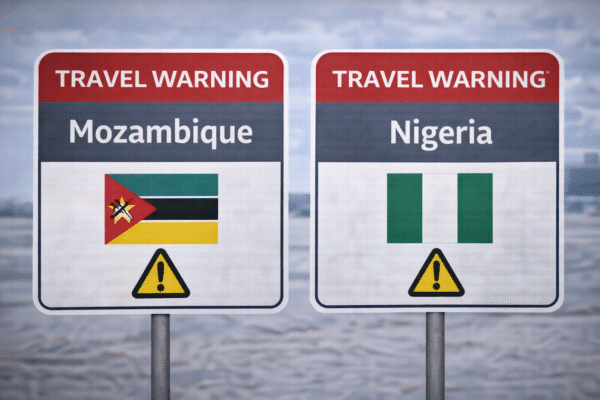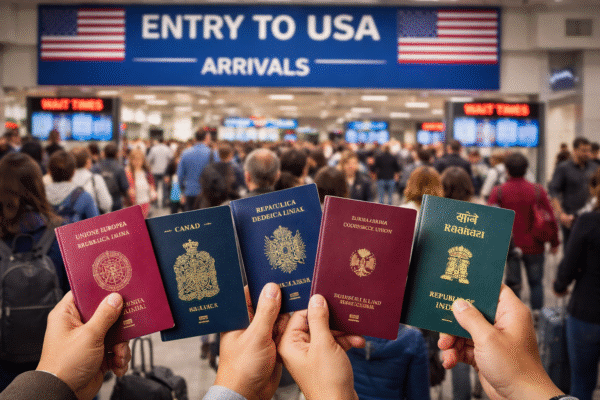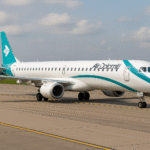Mumbai’s lifeline—the suburban railway system—is facing one of its most extensive maintenance drives in recent years. Essential upgrades, including track renewal and signaling modernization, are underway across multiple routes. While the work promises a safer and more reliable network in the future, commuters must brace for significant delays and disruptions until October 10.
Scale of the Maintenance Disruption
The ongoing work impacts hundreds of thousands of passengers who rely on daily train services. With curtailed schedules and diversions across major routes, travelers face longer commutes, overcrowded carriages, and altered routines. Authorities admit the short-term inconvenience is severe but stress the upgrades will yield long-term safety and efficiency.
Why the Maintenance Work Is Necessary
The overhaul targets key areas of concern in Mumbai’s vast suburban network:
- Track Renewal to replace aging infrastructure.
- Signaling Modernization for improved safety and punctuality.
- Bridge Strengthening to ensure reliability and long-term resilience.
These upgrades aim to reduce breakdowns, improve efficiency, and prevent accidents. Officials highlight that without these interventions, disruptions and risks would only increase over time.
Breakdown of Affected Routes
The disruptions extend across all three major corridors of Mumbai’s suburban network.
- Central Line: Services between Thane, Kalyan, and surrounding stretches are heavily curtailed. Peak-hour commuters should expect delays and reduced train frequency.
- Western Line: Non-peak services are limited, with select trains diverted. Longer travel times and heavy crowding are expected.
- Harbour Line: Periodic night suspensions affect late-night and evening travel. Passengers on this route face unpredictable service interruptions.
Schedules may change depending on progress, so commuters are advised to follow official updates daily.
Alternative Travel Options for Commuters
With services reduced, the city is preparing alternate travel modes to support commuters.
- BEST Buses and Metro Lines: Authorities have increased capacity to absorb additional demand during peak hours.
- App-based Ride Services and Cabs: Ola, Uber, and traditional taxis are available but may face high demand.
- Shared Auto-Rickshaws: Popular along feeder routes but likely to be crowded.
Travelers are advised to start earlier than usual, explore alternate modes, and plan journeys carefully to avoid unnecessary stress.
What Passengers Can Expect During This Period
Passengers face several challenges until October 10:
- Longer Travel Times: Diverted routes and reduced schedules mean longer commutes.
- Overcrowding: Peak-hour congestion will worsen due to fewer services.
- Late-Night Disruptions: Night blocks affect passengers returning home after work.
These issues will test the patience of regular commuters. However, careful planning and flexible travel schedules can reduce the stress.
Safety Remains the Top Priority
Railway officials are urging commuters to follow safety guidelines during the disruption.
- Use foot overbridges responsibly to avoid accidents.
- Do not board overcrowded trains during peak hours.
- Stay alert in crowded stations and on platforms.
Officials emphasize that safety protocols must be followed to prevent accidents during the high-pressure travel period.
The Road Ahead: Completion and Benefits
The disruptions will last until October 10, after which services are expected to return to normal. Once completed, the upgrades promise:
- Faster, more reliable services.
- Improved punctuality across major routes.
- Safer travel through modernized infrastructure.
Officials acknowledge the temporary inconvenience but assure commuters that the long-term gains will justify the short-term sacrifices.
Key Takeaways for Passengers
To help navigate this challenging period, here are the key points commuters must remember:
- Expect disruptions until October 10 across Central, Western, and Harbour lines.
- Allow more time for travel as routes face diversions and delays.
- Use alternatives like buses, metro, and ride-hailing services to reduce dependency on trains.
- Stay updated with official announcements for daily schedule changes.
- Prioritize safety in crowded stations and trains.
A Lifeline Under Repair
Mumbai’s suburban railway is the heartbeat of the city, carrying millions daily. Though the disruption is painful, the current maintenance work is essential. The upgraded tracks, signals, and bridges will make the network stronger, safer, and better equipped for the future.
For now, passengers must prepare for crowded trains, delayed services, and longer commutes. With patience and careful planning, the inconvenience can be managed. In the long term, the suburban system will emerge more efficient and resilient, ready to meet the demands of Mumbai’s growing population.
For more travel news like this, keep reading Global Travel Wire




